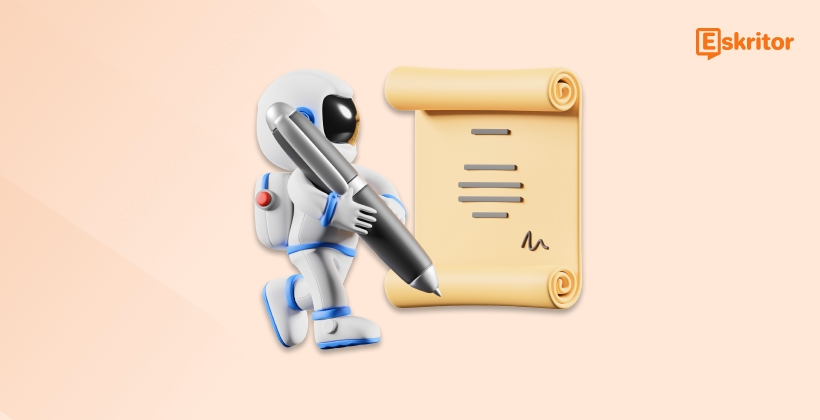AI Editing Features That Improve Your Writing Workflow
AI Editing Features That Improve Your Writing Workflow
Blog Article
The Future of AI Writing Technology Explained
As synthetic intelligence (AI) evolves, it remains to revolutionize how exactly we method contemporary editing practices. From syntax correction instruments to advanced content generation platforms, AI Editing is reshaping just how writers, authors, and creators refine their work. That website considers the role AI plays in modern modifying and the impact it's across industries.

AI-Powered Instruments Major the Charge
AI-powered instruments have grown to be an essential section of editing workflows. Application fueled by organic language control (NLP) and device learning can do tasks like syntax checks, stylistic ideas, and sentence restructuring with unbelievable pace and accuracy.
For instance, AI-based grammar pieces can recognize mistakes that the eye may overlook, such as for instance subject-verb agreement problems or dropped modifiers. Similarly, design enhancements created by AI make sure that tone and flow align with the supposed audience, which will be important for qualified editors.
These methods are not just limited by standard grammar corrections. They are capable of improving readability, transforming passive style to active voice, and even paraphrasing entire paragraphs without changing the meaning.
Effectiveness Meets Time Savings
Reports show that the utilization of AI tools may lower modifying time by as much as 30%. In place of poring over every word physically, publishers can emphasis their efforts on innovative and proper elements of content. That change enables professionals to control larger volumes of text in smaller intervals, that will be especially useful for industries like writing and electronic marketing.
Additionally, predictive AI functions may spotlight continuing mistakes, helping writers boost their skills over time. For businesses, that means less methods allocated to changes and more finished results right from the start.
Improving Availability and Globalization
AI's role in modern modifying stretches beyond efficiency. Advanced interpretation and localization tools let builders to adjust content effortlessly for international readers, wearing down language barriers with precision. This engineering assures that exactly the same concept may resonate with countries world wide while maintaining their authenticity.
AI also increases inclusivity standards by improving accessibility in content. For example, methods may recognize perhaps non-inclusive language and recommend alternatives. This capability enables publishers to improve publishing therefore it resonates with varied audiences.

Impressive a Stability Between AI and Individual Creativity
While AI excels in speed and accuracy, it generally does not replace individual editors. Products often absence the ability to read nuance, feeling, or national context fully. The perfect program combines AI's efficiency with human imagination and information, resulting in truly exemplary work.
By leveraging these technologies in modern editing techniques, makers and writers equally can produce high-quality material that aligns with the fast-paced needs of today's digital world. AI may be the potential of editing, but the individual feel will always be essential for storytelling and connection. Report this page